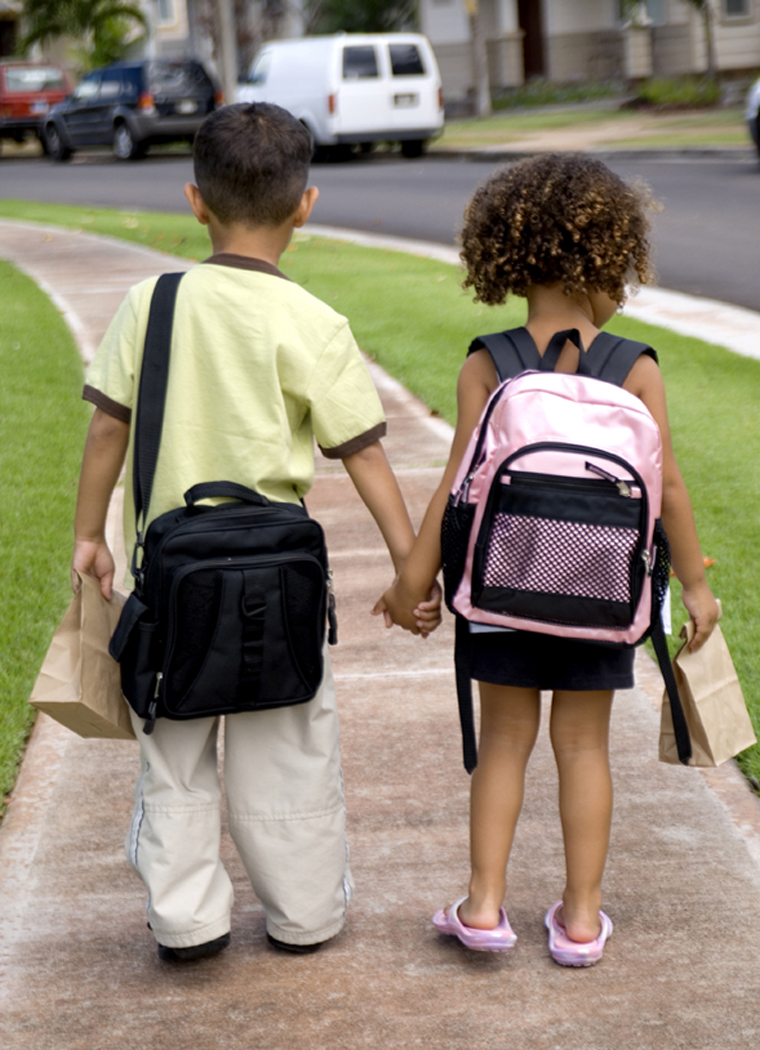Sharing Student Photos: Things to Know before Doing It
Teachers who write blogs or administer social media platforms are facing a delicate dilemma every time they want to post visual information online. They have to think about the issue of children privacy, so the big question is whether they should share student photos or not.
Such content can help people identify students and there is always a danger of information misuse. In such circumstances, you should consider the problem carefully and follow the basic guidelines that guarantee digital safety. We will present you the fundamental tips in this field, so keep reading to learn more about this important topic.
Pros and Cons of Using Images in Blog Posts
Let us be clear about one thing: a vast majority of blog followers just wants to check out your everyday activities. But there is always a small possibility that some individuals want to jeopardize students' privacy, which means you have to treat imagery with all due attention.
Content creators at A-writer claim there are many reasons not to publish student photos online, including these:
- Authors could have a problem with angry parents, caretakers, or school personnel worrying about the pupil's online safety.
- School kids have different backgrounds and some of them need to be treated more cautiously than others.
- A lot of people just don't like seeing their photos on the Internet. They don't publish it on their own social accounts, so why would they allow you to add their images to blog posts?
On the other hand, bloggers at Proessaywriting highlight the benefits of posting student images online:
- It's a great way to present academic achievements and inspire other students to invest extra effort in learning.
- Photos are amusing and engaging. They help teachers and students grow the network of academic connections globally.
- Some parents enjoy watching how their children are doing in the classroom environment.
Things to Consider before Publishing Images
There are obviously enough reasons for publishing or not publishing student photos online, so you need to delve deeper into the subject before making the final call. Here is the list of things to do in this situation:
- Check out official regulations: Academic writers at AssignmentGeek claim that every school or higher academic institution has the official guidelines that address this issue. The easiest thing for you is to strictly follow the rules.
- Seek for consent: If there are special forms parents or pupils need to sign, don't be shy to ask them.
- Remove photos if asked: Even if you get their consent, it doesn't mean caretakers or kids cannot change their mind. If a situation like this occurs, make sure to react promptly and remove unwanted imagery from your blog or social media.
- Beware of downloads: Another thing you need to keep in mind is the fact that your followers can easily download images from your blog post or social profiles. Even if you are running a private page, downloads are only a couple of clicks away. In other words, if you are really afraid of jeopardizing kids' privacy, then the only solution is not to publish photos at all.
Image-Related Recommendations
Let's say you definitely decided to go for images. In such circumstances, we have a few bonus recommendations for you:
- Don't use photos that clearly reveal a student's face. The best alternative is to publish generic photos that show kids from the back angle. That way, no one will be able to identify individuals on your images.
- Avoid official logos or school uniforms if you don't want people to recognize the school you are writing about.
- Create digital avatars using illustrations. Don't upload real photos when designing online profiles.
- In case you really need to publish a student's photo, avoid adding his or her name. This goes both for the caption appearing below the post and for the file name. The latter can reveal a name if someone decides to download the photo.
- Don't use location services because it tells people where pupils live, go to school, or spend their time off school.
We will show you here two examples of student photos. The first one is safe to use because it's been taken from behind, so you only get to see a couple of kids walking down the road. No one can recognize the two little students and the file name does not contain any names whatsoever.
On the other hand, the second photo is not safe to use because it clearly reveals those kids. At the same time, the file contains first names and it's easy to find this piece of content using Google Images. In case the parents gave you permission to publish an image like this online, you should take an extra step toward protecting children privacy.
Do it by giving the photo a generic title, avoiding personal names. The same principle goes both for the in-post caption and the file name. This is the only way to make sure that your visuals are safe and out of reach for possible misuse.
Conclusion
Modern teachers use online channels of communication to discuss the latest academic trends and write about everyday activities. Images play a major role in this field, but you have to pay attention to students' digital security by taking the necessary means of protection. We showed you here how to protect the anonymity of your pupils, so make sure to remember our tips and use them when publishing content online.
AUTHOR BIO
Eugene Eaton is a teacher and a blogger at College-Paper and Scholar Advisor. He enjoys writing about education and sharing practical tips with his colleagues. If he is not thinking about work, Eugene is probably out looking for a stand-up comedy show.
Search Internet4Classrooms

Custom Search








